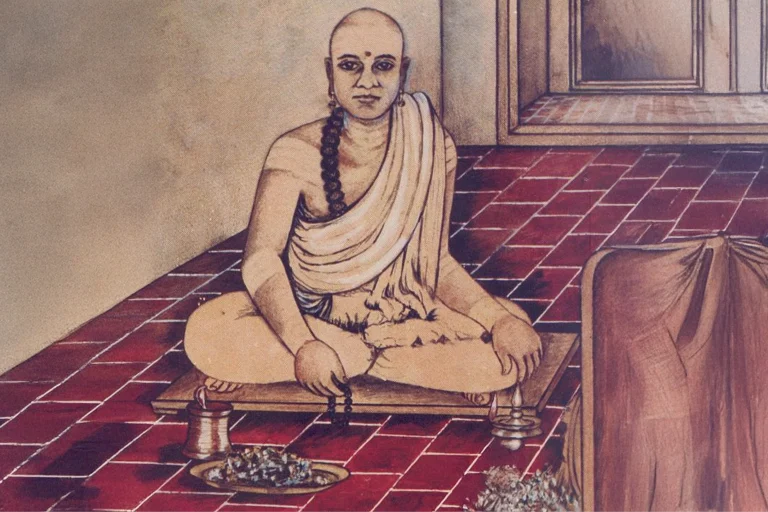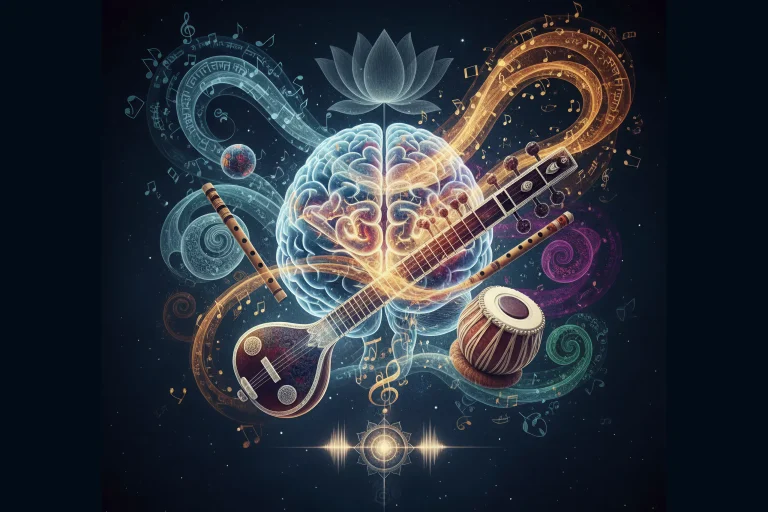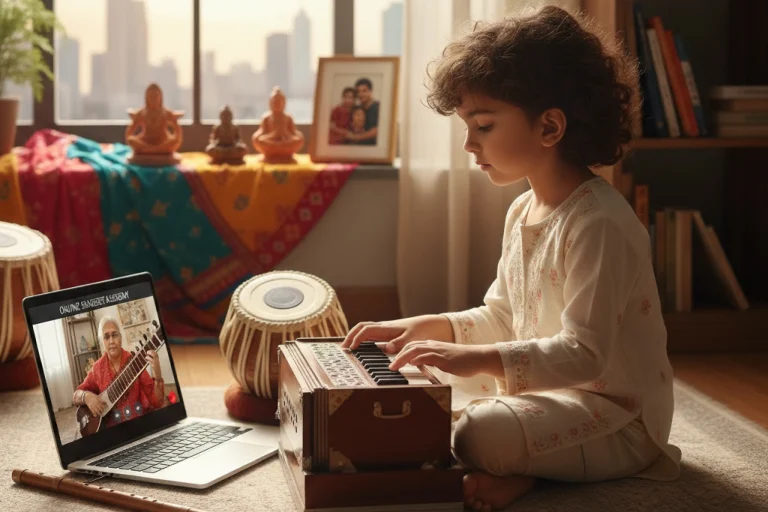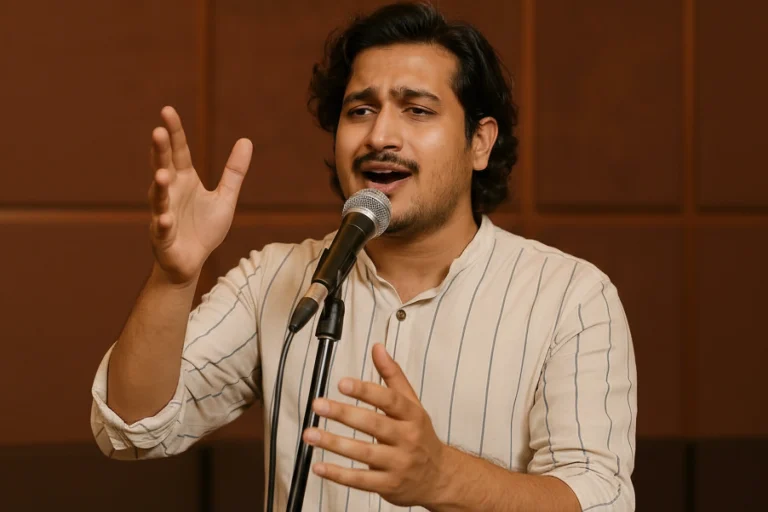All Topics
- Alchemizing Music Concepts for Students
- Artist Spotlight
- artium gift card
- Artium Maestros
- Artium News
- buying guide
- Carnatic Music
- Devotional Music
- Editorials by Ananth Vaidyanathan
- Film Music
- Guitar
- Hindustani Classical Music
- Indian Classical Music
- Indian Folk Music
- Insights
- Instruments
- Karaoke Singing
- Keyboard
- Kids Music
- maestros
- Music Education
- Music for Kids
- Music Industry
- Music Instruments
- Music Legends
- Music Theory
- Music Therapy
- Piano
- piano guide
- Success Stories
- Tamil Film Music
- Telugu Film Music
- Time Theory
- Tools
- Uncategorized
- Vocal Singing
- Vocals
- western classical music
- western music
- Western vocal music
What are the Essentials of Time Theory of Ragas to Keep in Mind While Learning Music?
What are the Essentials of Time Theory of Ragas to Keep in Mind While Learning Music?
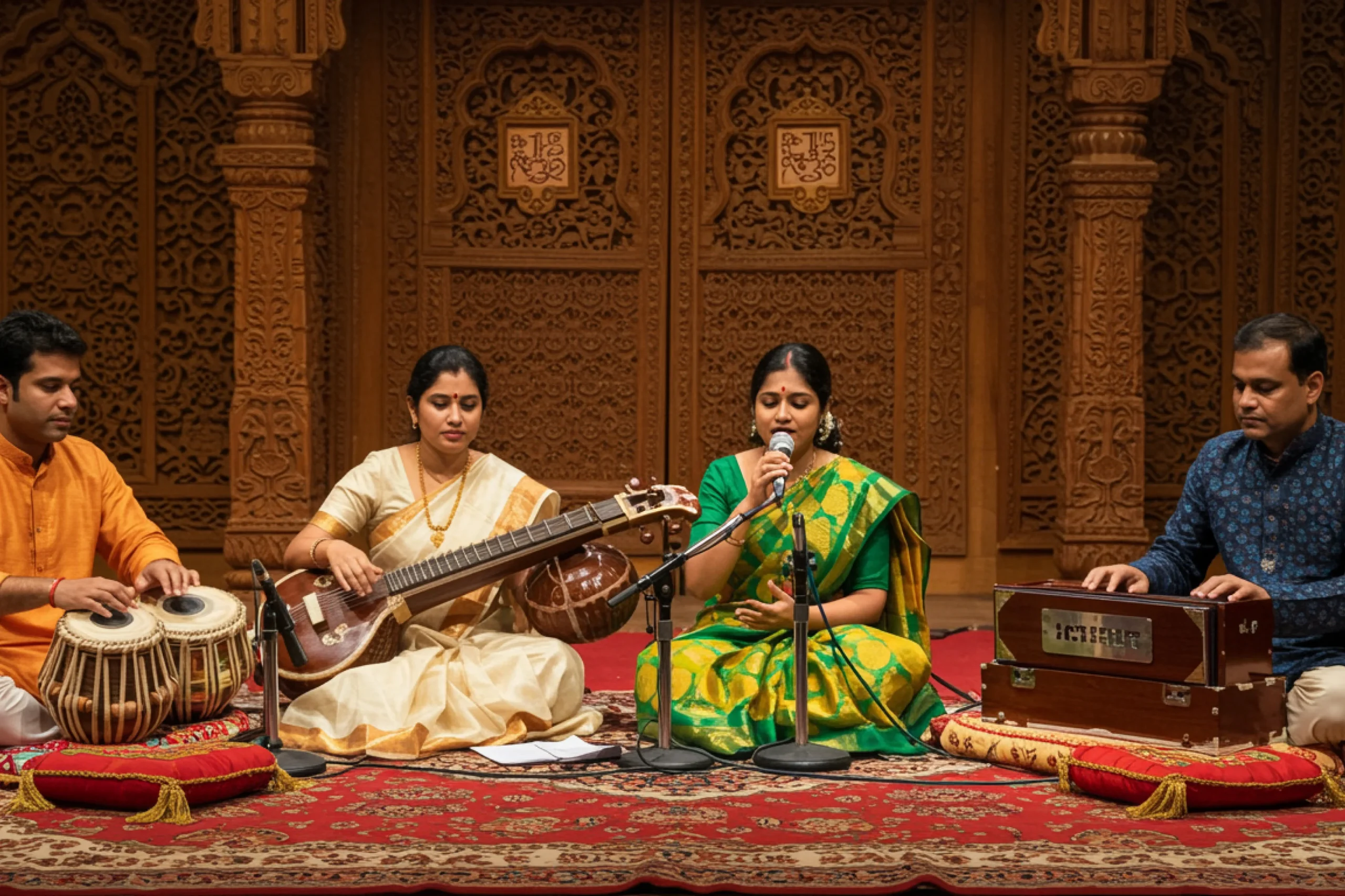
Table of Contents
Indian classical music is deeply rooted in time, emotion and tradition. Hindustani classical music and Carnatic music have frameworks shaping a raga’s identity. One of the most fascinating is the Time Theory. It is a system that charts raga to a specific time of day and season, influencing how they are performed and experienced.
We understand the importance of time theory and how it plays a key part in emotionally connecting people to music. Understanding the time theory of ragas is not just for the advanced musicians; it is relevant to musicians of all skill levels. So, if you are just starting to learn Hindustani music or Carnatic, worry not; this blog will guide you through everything you need to know about time theory.
But before that…
If you’re really excited to start your music learning journey, start with a free trial lesson today!
List of Ragas & Raginis with Time Prescribed
Since its inception, every aspect of the time theory of ragas in Indian classical music has had a deep meaning and association. Ragas were particularly associated with emotions (rasa). But did you know? They were associated with emotions and a particular time of the day. The reason was that singing a raga at specific times of the day enhanced its mood and emotional expression.
Here are some traditional pairings:
- Dawn to Early Morning (4 AM – 7 AM)
- Raginis: Hindolam, Bhairavi
- Ragas: Kalyani, Bhairavi
These ragas are serene and devotional, ideal for meditative moods at sunrise.
- Earlier Part of the Morning (7 AM – 10 AM)
- Raginis: Deshakshi, Khanda
- Ragas: Bilaval, Asaveri
Light and joyful, these evoke freshness and calm energy to start the day.
- Later Part of the Morning (10 AM – 1 PM)
- Raginis: Thodi, Gurjeri
- Ragas: Thodi, Asaveri
These ragas bring introspection and intellectual depth—perfect for late morning focus.
- Midday (1 PM – 4 PM)
- Raginis: Saranga, Ganda Saranga
- Ragas: Kaphi, Kalyani
This period is associated with warmth and expression—ragas here are lively yet balanced.
- Earlier Part of the Afternoon (4 PM – 5:30 PM)
- Raginis: Bimplas, Malasri
- Ragas: Kaphi, Kalyani
The mood begins to shift—these ragas offer calm yet emotional transitions.
- Later Part of the Afternoon (5:30 PM – 7 PM)
- Raginis: Puria, Sri
- Ragas: Marva, Puravi
Evocative and deeply emotional, perfect for reflecting the day’s winding down.
- Earlier Part of the Evening (7 PM – 9 PM)
- Raginis: Gowri, Bhupala
- Ragas: Puravi, Kalyani
These ragas bring peace and spiritual introspection after sunset.
- Later Part of the Evening (9 PM – Midnight)
- Raginis: Natanarayani, Jinjoti
- Ragas: Bilaval, Kamas
Romantic, soft, and soothing ragas to close the day with warmth and beauty.
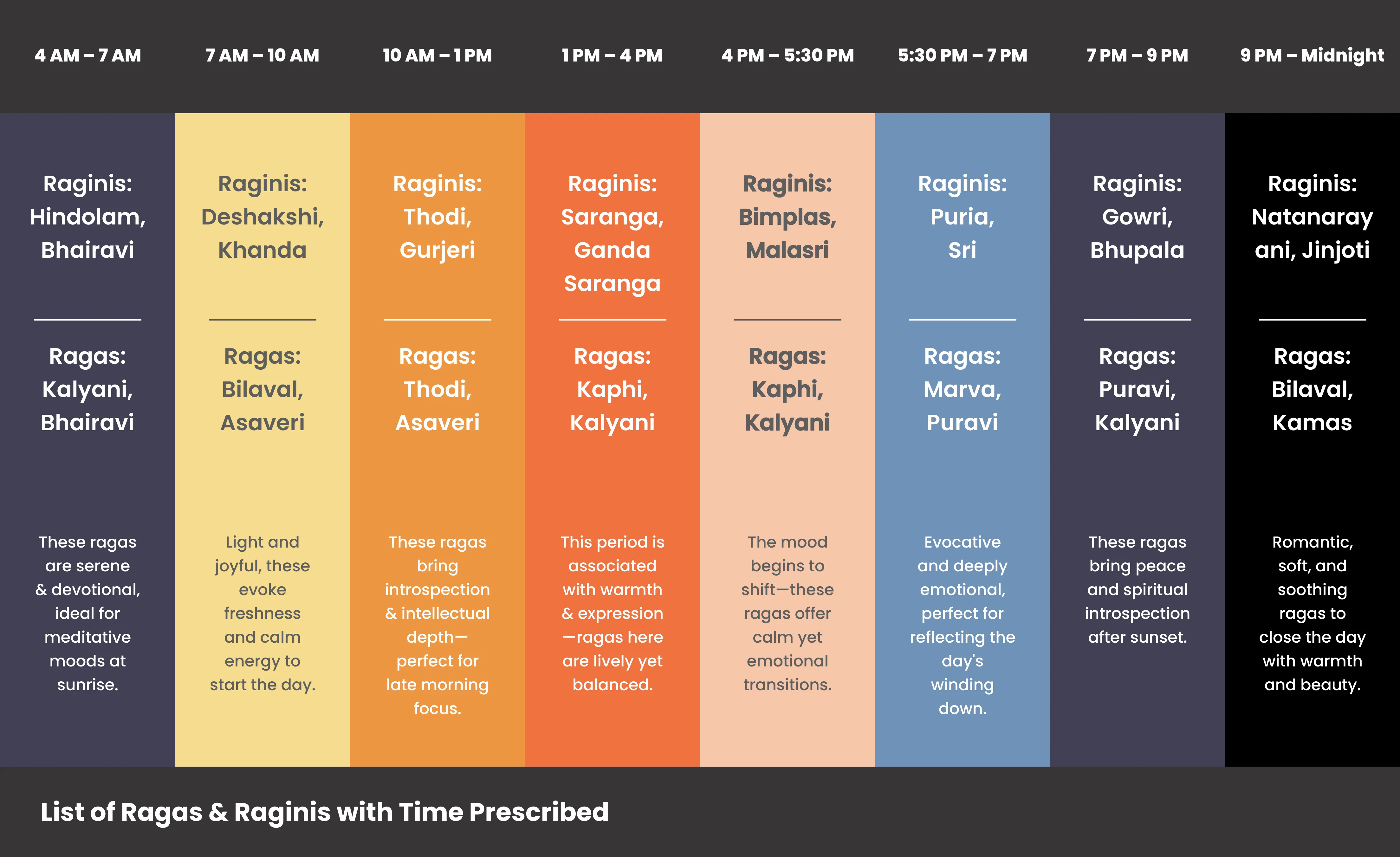
Read More: What is a Raga in Music? A Beginner’s Guide to Understanding Ragas
Time Theory Ragas In Ancient Tamil Music
Tamil music was one of the first traditions to have its own time theory. It existed even before the segregation of Hindustani classical and Carnatic vocal music. These rules, popularly known as Ganakala niyamas or time-related rules, were defined and kept in place as early as the 1st and 2nd centuries.
Literary works like Silappatikaram, Purananuru, and Thevaram referenced seasonal and time-based classification of musical modes, or panns.
Here are examples:
- Forest regions – Pann: Mullapann – Season: Rainy
- Desert – Pann: Sempalai – Season: Spring
- Mountains – Pann: Kurinjipann – Season: Autumn
- Seashore – Pann: Sewwazhi pann – Season: Part of rainy
- Fields – Pann: Maruth Pann – Season: Spring
Even devotional music followed this pattern. For example:
Podupann (All-time ragas):
- Senjurutti (Madhyamavati)
- Sewazhi (Yadukula Kamboji)
- Thiruthandakam (Begada)
Iravupann (Night ragas):
- Pazham Takka (Shuddha Saveri)
- Kolli (Navroj)
- Kurinji (Malahari)
- Andali Kurinji (Sama)
Pakalpann (Daytime Ragas):
- Kausikam (Bhairavi)
- Puranirmay (Bhoopalam)
- Panchamam (Ahiri)
- Indalam (Hindolam)
- Nagapathai (Nattai)
Time Theory in Hindustani Classical Music
There was no proper classification of the time theory of ragas in Hindustani music for a long time. This led to the elements of this art form being propagated throughout centuries via oral traditions. A renowned musicologist, Pandit Vishnu Narayan Bhatkhande, brought about a change to this.
He was the first to write a discourse on Hindustani classical music. His discourse explained how the effectiveness of a raga could be enhanced when sung at its prescribed time.
To better understand the aspirants, Bhatkhande divided the 24 hours of a day into 8 time zones or praharas and assigned a raga to each. To make it more precise, he further classified the time based on whether a raga was Purvanga (early half) or Uttaranga (latter half).
What Should We Consider According to Purvanga and Uttaranga?
In classical music, a scale is divided into two parts –
- Purvanga – Sa, Re, Ga, Ma (first 4 swaras)
- Uttaranga – Pa, Dha, Ni, Sa (next 4 swaras)
To understand when a raga will sound better, it is necessary to first learn about the accompanying swaras. When a raga’s vadi swara (dominant note) falls in the first group, it will be called Purvanga Vadi Raga.
This is generally sung in the first half (12 am – 12 pm). And if it lies in the second group, it is called Uttaranga Vadi Raga, which is sung in the second half (12 pm – 12 am). To help you understand this better, here are some examples –
- Khamaj (Vadi = Ga) → Purvanga Vadi Raga
- Bhairav (Vadi = Dha) → Uttaranga Vadi Raga
If you understand this, you will gain a deeper emotional context of when and how a raga should be performed.
Sandhiprakasa Ragas
Simply put, Sandhiprakasa ragas are sung during twilight at the transitional points of dawn and dusk. Using komal (flat) Re and komal Dha in these ragas adds to the mystical and meditative feel appropriate for these times of the day. Here are some of the popular Sandhiprakasa ragas you can include –
- Marwa
- Puriya
- Puriya Dhanashree
- Shree
If you want to leave a lasting impression, master these ragas. Due to their placement in time theory, they have the power to evoke strong emotional reactions.
The Relevance of the Time Theory of Ragas In the Current Era
With the growing popularity of online music classes, you may often wonder if time theory is still relevant today.
Well, the answer is a BIG YES!
Today, aligning the time theory of ragas with our busy lives and schedules is often impossible. However, that should not stop you from understanding this theory, which can enrich your perspective. When you learn classical music, you do not just learn notes; you learn emotions, atmospheres and traditions.
Read More: Basic Structure of Indian Classical Music Lessons
Final Notes: The Raga and the Clock
Understanding the time theory of ragas can help you deepen your relationship with music and tradition. You can sing ragas that match the rhythm of the day to create something magical—music that breathes.
If you want to learn Hindustani music in its original form or understand the spiritual depth of Carnatic vocal music, then Artium Academy is the right place. We offer –
- Personalised learning – Programs tailored to your goals
- Faculty of Legends – Courses designed by legends like Shubha Mudgal & Aruna Sairam
- Flexibility – You can learn music online from the comfort of your own home
- Holistic training – From Carnatic music classes to Hindustani, our courses include music theory and practical training at every stage of your journey.
At Artium, our Indian classical courses are designed by legends like Smt. Shubha Mudgal (Hindustani) and Smt. Aruna Sairam (Carnatic). Learning from these courses will give you access to practical knowledge and our traditions’ historical and theoretical richness.
So, don’t wait any longer. Join our community and experience music as it was meant to be felt.
Book A Free trial class at Artium Academy.

